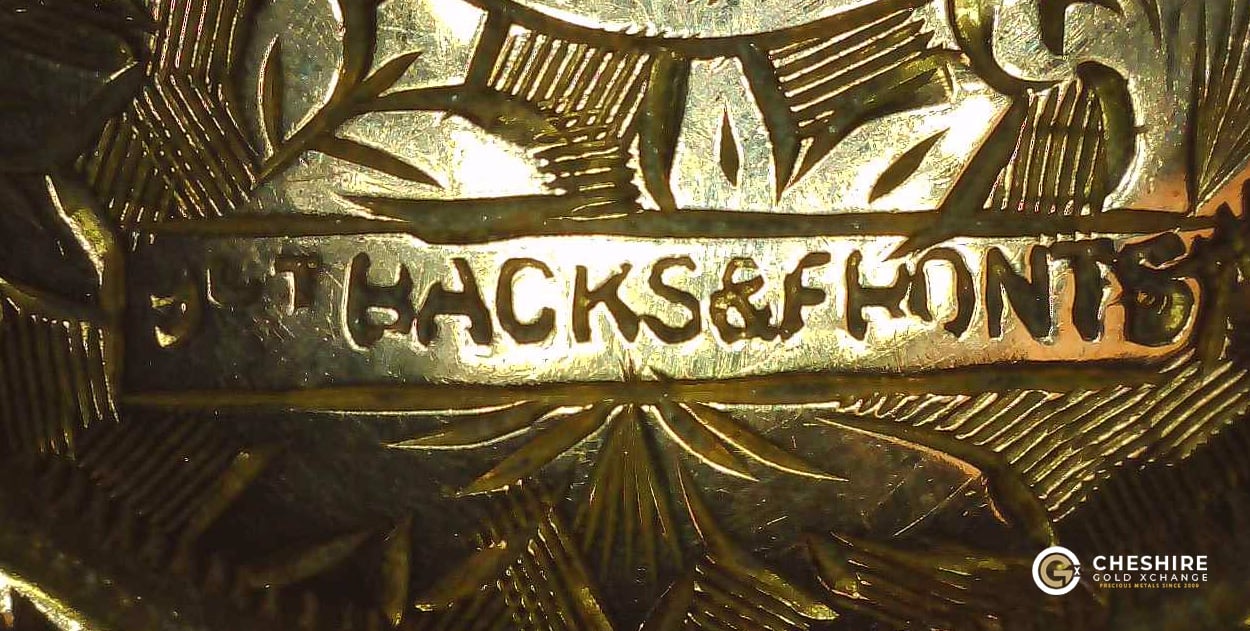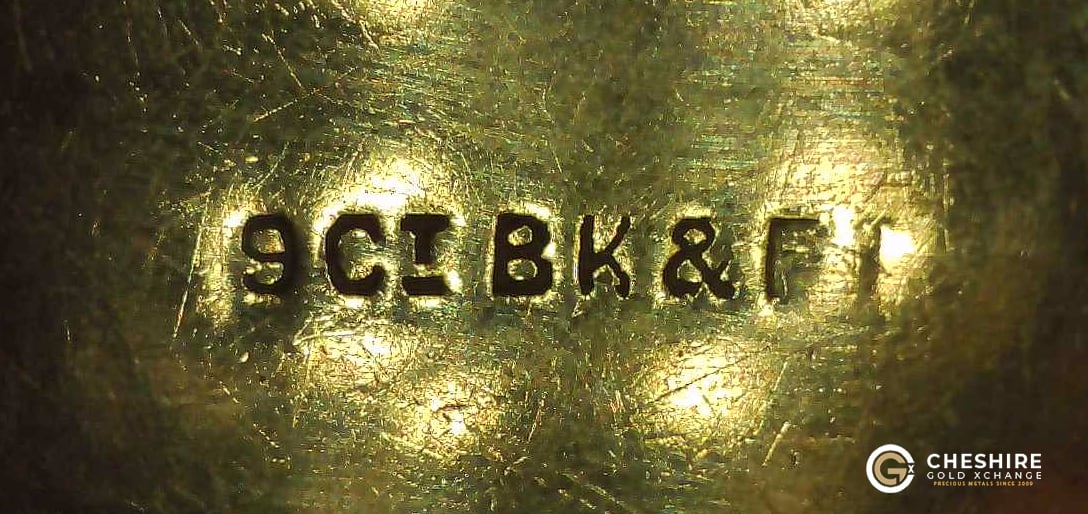A locket is a small, decorative pendant designed to hold sentimental items such as photographs of loved ones, keepsakes, or small mementos. Lockets usually feature ornate designs on the front and back and typically open with a hinge, revealing compartments that can securely hold precious memories close to the heart.
What is a Back and Front Locket?
A back and front locket is a particular type of gold locket crafted using sheets of gold applied to the front and back exterior surfaces of the locket, while the internal structure, including hinges and frames, is constructed from a more durable non-gold base metal. This base metal will often be gold plated to create a visually seamless design. This specific design provides the visual beauty and elegance of solid gold at a more accessible price. As gold is naturally a soft metal, the use of non-gold metals on hard wearing parts like hinges will increase durability and longevity of the piece.
What else is made with Back and front gold
It's not just lockets that are made with back and front gold, other jewellery items such as cufflinks, tie pins and earrings.
Why Back and Front Lockets Were Introduced
Back and front gold lockets were introduced during the Victorian era, and became more popular during the Edwardian period. Jewellers at the time faced challenges when creating lockets that were both luxurious and durable. Solid gold lockets are susceptible to being bent or warped at the hinges, where the locket would then not close correctly.
This type of locket emerged during the Victorian era, becoming particularly prevalent in the Edwardian period. Jewellery makers at the time faced challenges in creating items that were both elegant and durable. Solid gold lockets, although luxurious, were susceptible to damage, as gold is a soft and malleable metal especially in the 18ct-24ct ranges. By applying thin sheets of gold over a more robust base metal frame, jewellers were able to produce lockets that not only retained their beauty and structure, but also resisted everyday wear and tear.
In the process, this construction method made back and front gold lockets more affordable as cheaper metals replaced high value gold parts. Back and front lockets became typically made from 9ct gold thus making 9ct Back and Front lockets both affordable and durable.
How to Identify a Back and Front Locket (Hallmarks)
To identify a lock a back and front you need to look for specific Birtish hallmarks, usually featured on the back of the locket, or along its edges.
Common hallmarks indicating this style include:
- "9ct Back & Front"
- "9ct BK & FT"
- Variations with similar abbreviations


These marks clearly denote to the consumer that only the outer panels of the locket are made of gold, while the internal structure is made of a stronger, less expensive metal. If such markings are absent or unclear, a professional jeweller may need to perform tests to confirm the exact materials used.
How Is Back and Front Gold Valued
If you take back and front gold to a gold buyer, they will not be able to pay out on the full weight of the item as gold as there are non-gold components that can not be easily separated from the precious metal.
A usual method is to pay on a percentage of the weight to exclude the non-gold material. So a gold dealer may pay on 50% of the weight, if the item is 9ct and weighs 30g, they will pay the 9ct gold price on 15g (50%).


